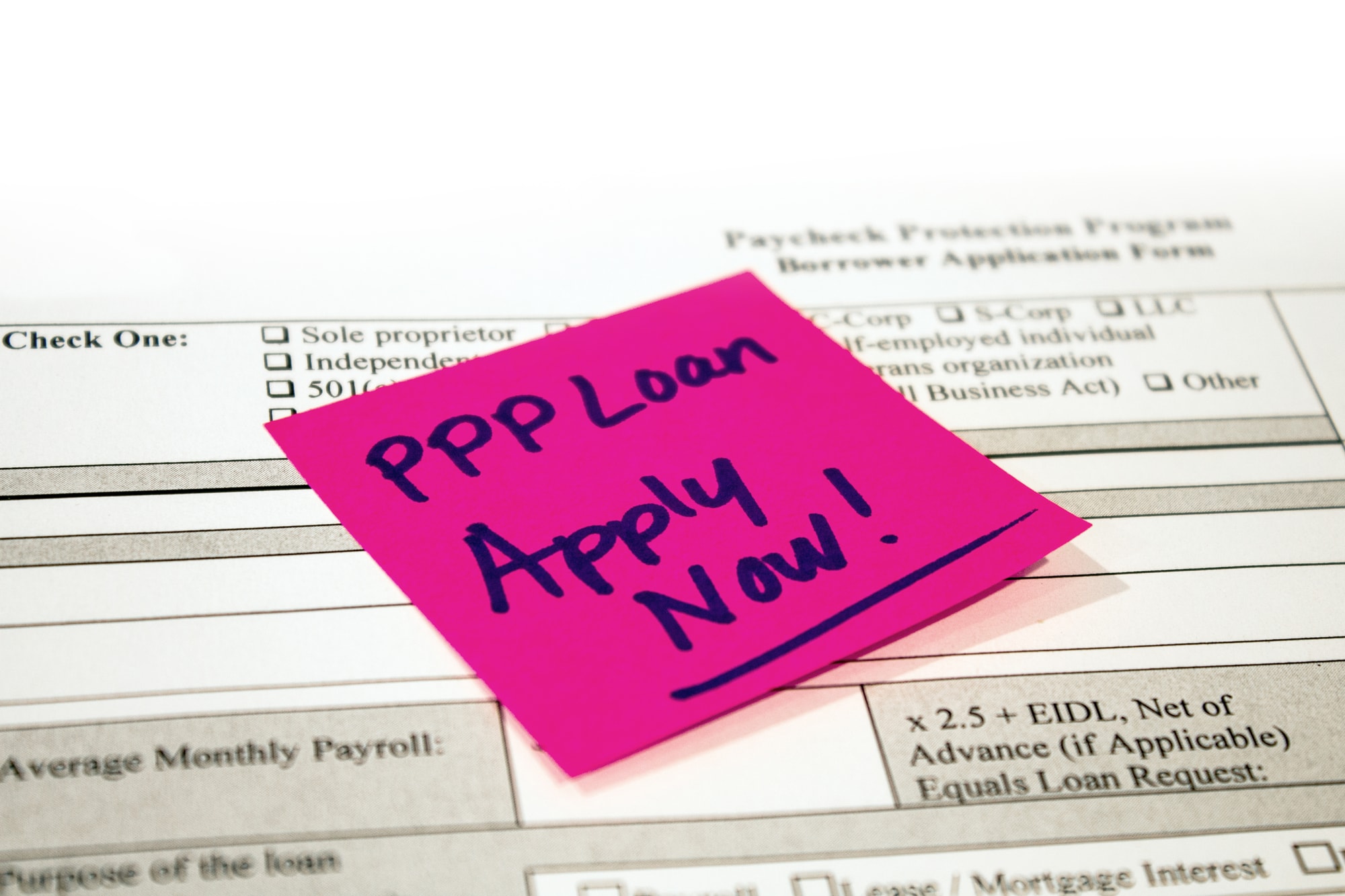If your first Paycheck Protection Program loan wasn’t enough, you have the opportunity to receive another. If you missed out entirely, you have another chance to get what is now an enhanced PPP loan (or PPP2). The PPP borrower application form was made available at SBA.gov on Dec. 31.
After months of deliberation, a $908 billion COVID-19 relief package (hereafter referred to as “the act”) was passed as part of the Consolidated Appropriations Act of 2021. The $600 payments to individuals earning less than $75,000 received the bulk of the media’s attention. However, the centerpiece of the relief package is the $284 billion allocation to replenish the PPP.
The act is an overdue lifeline to businesses facing the possibility of tighter lockdowns amid a resurgence of COVID-19 infections. The Harvard-based Opportunity Insights calculated that revenue for small businesses in Massachusetts has declined by 46.2 percent as of Dec. 9, 2020, compared to January 2020. According to a November 2020 survey by the U.S. Chamber of Commerce and MetLife, more than three-fifths of small businesses believe that the worst of the coronavirus pandemic’s impact still lies ahead.
This latest round of PPP loans focuses on smaller businesses. Eligibility was expanded to new sectors, including freelance workers. The most beleaguered sectors, such as live venues, independent theaters, hotels and restaurants, will receive special consideration as well.
The granddaddy of the benefits provided to small businesses (via the act) is the actual forgiveness of the PPP loans. In general, when a taxpayer has debt forgiven, the forgiven debt becomes taxable income to the taxpayer. However, the CARES Act provided true forgiveness by stating that a forgiven PPP loan “shall be excluded from gross income.”
However, the IRS had different plans.
In my May 22, 2020, column (“Life after PPP”), I warned borrowers that, according to Notice 2020-32, the IRS would not allow for the deduction of expenses that result in the forgiveness of loans made under section 1106(b) of the CARES Act. Before the act, to oversimplify it, your PPP loan was going to artificially inflate your income on paper and increase your tax bill. The act has made it so that PPP loans, past and future, will not be treated as taxable income.
The PPP loan window is open to new borrowers. The act also permits some businesses that have already received a PPP loan to obtain a second draw. Second-draw loans are intended for the hardest-hit industries and have more stringent qualification guidelines.
Not everyone can get a second PPP loan (which has a deadline of March 31, 2021). To qualify for a second-draw PPP loan, your company must employ no more than 300 people, have been operating before February 2020, and had gross revenues during any quarter of 2020 that were at least 25 percent less than the same quarter in 2019. (If you weren’t in business in 2019, the act provides rules for making comparisons.)
The maximum PPP2 loan amount is reduced from $10 million to $2 million. Borrowers calculate the maximum loan amount by multiplying the average total monthly payroll for 2019 by 2.5. Restaurants and hotels may use a 3.5 multiplier.
Borrowers will have flexibility in handling potential reductions in their workforce after PPP2 funds are exhausted by allowing them to choose between eight to 24 weeks for their coverage period.
Loans less than $150,000 have a simplified one-page application with self-certification. And I mean simple. Lenders are not even allowed to ask for payroll verification.
One of the enhancements of PPP2 is the expanded eligibility of forgiveness. At least 60 percent of the proceeds must be spent on payroll to achieve that forgiveness. Employer-provided group insurance benefits (group life, disability, vision, dental) now count as payroll.
Rent, mortgage interest and utilities remain qualified expenses. New qualified expenditures include payments “for any business software or cloud computing service that facilitates business operations, product or service delivery, the processing, payment, or tracking of payroll expenses, human resources, sales and billing functions, or accounting or tracking of supplies, inventory, records and expenses.”
Other new qualified expenses that we are familiar with are costs associated with personal protective equipment, sanitizing, expansion of indoor/outdoor space to maintain social distancing and ventilation systems. These newly qualified expenditures can be applied to both original PPP proceeds that have not already been used, as well as for new PPP2 loans.
Whether you’re a second-time or first-time PPP borrower, just as with the previous loans, you must certify that the “current economic uncertainty makes this loan request necessary to support the ongoing operations of the applicant.”
When the PPP loans were first offered, in April 2020, the request was necessary. That was true even for companies in so-called “essential” sectors. We didn’t know which industry would be shut down next or how that would affect our businesses. There is more clarity today, however, “economic uncertainty” still abounds.
We don’t know if the script outlined for the distribution of COVID-19 vaccinations will be followed. And if it is, we have no assurances that revenue will get back to year-ago levels. I encourage you to talk to your lender today — you don’t want to be left out.
This article originally appeared in the Berkshire Eagle on January 9, 2021.
Allen Harris is the owner of Berkshire Money Management and the Business Growth Advisor for 10,001 Hours. He can be reached at [email protected].
